The Sony PFR-V1 is a small head-mounted speaker, so the description is not a gimmick. We think it is more appropriate to describe it, not only because of its appearance, but also because of its sound performance and acoustic structure. This product was first exhibited at CES in January 2008, but its soaring positioning has not had much market or even influence.
We got this prototype purely by chance, it came from a female user of Soomal. SONY PFR-V1 sold for 53,000 yen that year, and the year was about 3,500 yuan. This product has been discontinued in the first two years.
Prototype source: User sent test
Prototype type: Commercial production machine
Whether business relationship: no
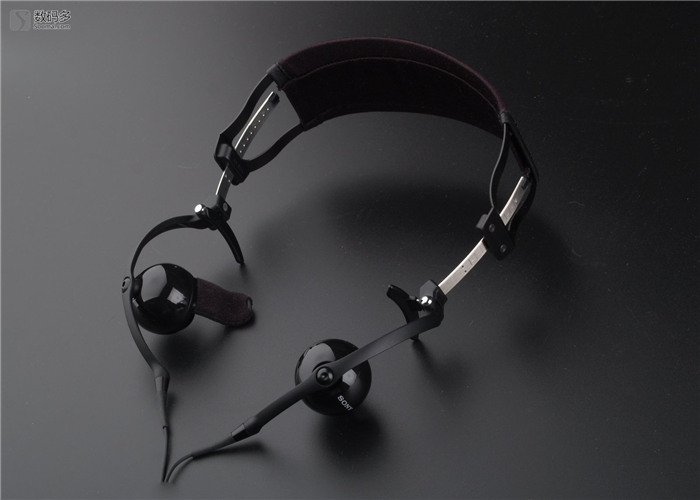
According to today's words, the PFR-V1 is a Sony brain hole product. The full name of PFR is Personal Field Speaker [What is R? Reference? ], we know that in English, everyone calls the speaker generally called Speaker, so this is a personal sound field speaker system [the same is true for Chinese media in the same year]. Bringing the speaker to the head, in fact, there is no cognitive difficulty, but dare to practice it in this way, and to do it with such careful attention as the PFR-V1, it is absolutely necessary to have full courage, but also requires a lot of technical accumulation.
It may be disapproved to say that the PFR-V1 brain hole is wide open, because the most famous one of the "speakers" worn on the head is the AKG K1000, commonly known as KK. It's not particularly difficult to get in touch with this headset, but having it is not that easy. I have only heard it twice at some exhibitions.
However, if you search for AKG KK, you will find that it looks more like a headphone, but only when you see it wearing a picture will you feel the feeling of a little headphone. On the one hand, you see that its size is really big! On the other hand, its head frame and speaker stand position and structure design is to let the user just put the two up to a small distance when properly worn. It is different from the normal earphone and the ear. However, AKG KK's unit shape and style are still more like a headset. There is no big hole in the PFR-V1 brain hole.
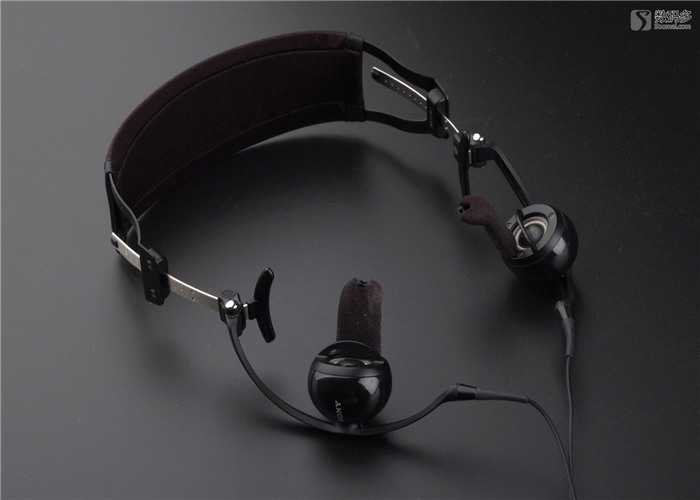
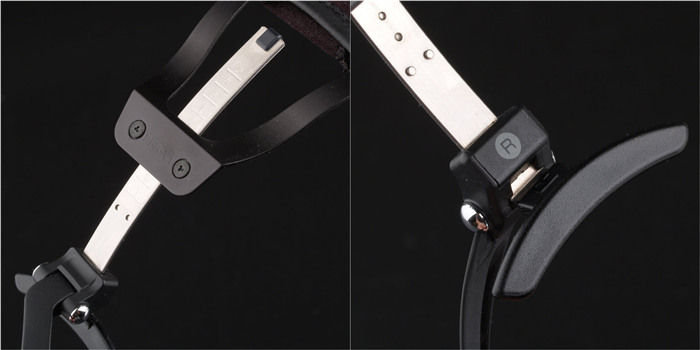
The PFR-V1 is small in size, and this sleek ergonomic headgear design is the style that Sony's SA5000, Qualia and other products like. The PFR-V1 has a spherical speaker attached to each of the left and right channels, and a speaker is installed inside. The diameter of the sphere is about 1 inch, and the diameter of the speaker is only 0.6-0.7 inches. The speaker cabinet is made of all-metal material and has a very good finish on the surface.
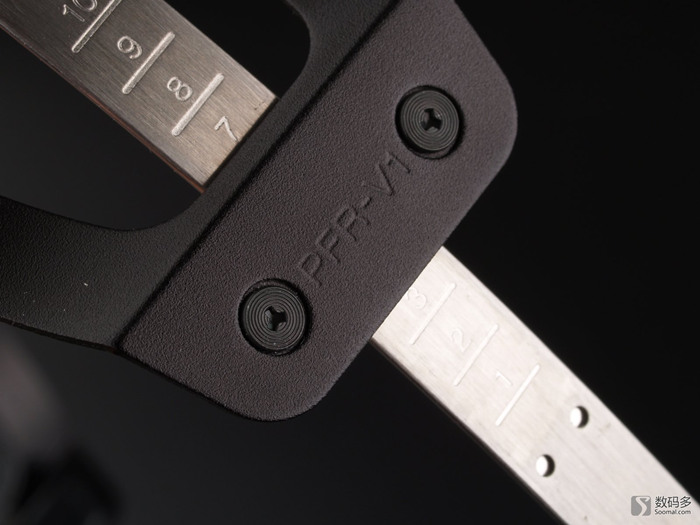
1 inch is equal to 25.4 mm, which means that the speaker unit used in the PFR-V1 is only about 15-17 mm in diameter, which is much smaller than the diaphragm of our common headphones (25-50mm is very common). Its speaker diaphragm and structure are very similar to the dome tweeter commonly used in a speaker, and it should be a silk film material from the outside. It seems to be relatively wide and soft in terms of edge folds [especially more than half an inch in diameter]. There is no obstruction in front of the speaker unit, and the sound is directed at the human ear. An arched rib on the outside should be designed to protect the speaker from trauma.
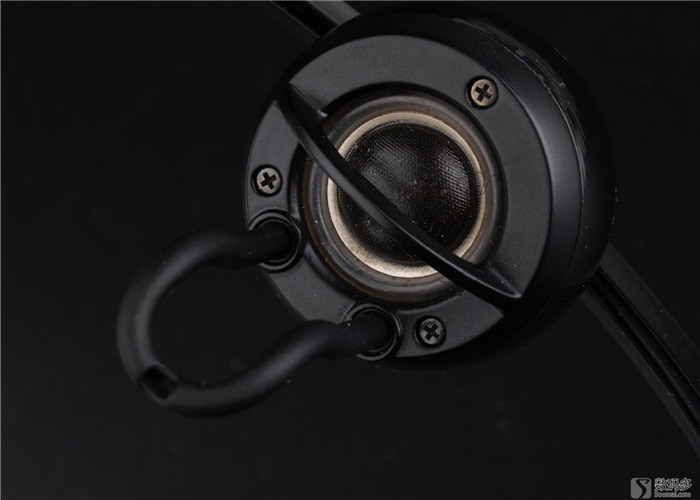
SONY Sony PFR-V1 Headset Personal Speaker System
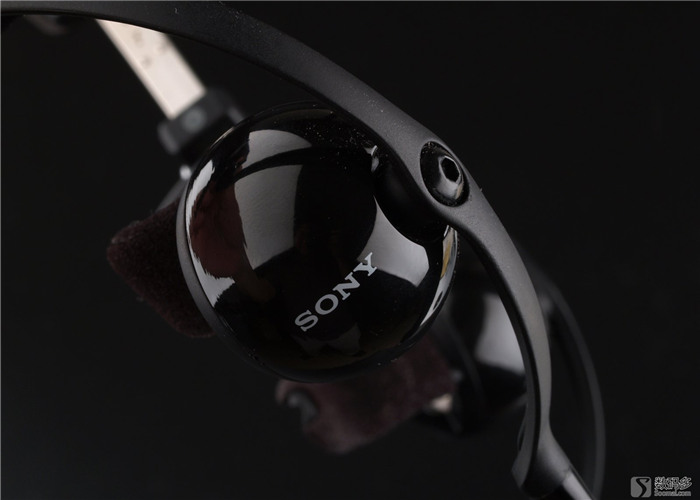
The PFR-V1 cabinet occupies approximately 80% of the volume of the sphere, and the inside is not disassembled and the size of the magnet is not known. And we know that in the speaker baffle and box design, the sphere is the most ideal structure for the frequency response. From this point of view, the irregular trapezoidal and the back-converged curved side plates have better performance than the sphere. Much more. However, PFR-V1 chooses such a design more likely to be good-looking? And such a volumetric sphere is not difficult to design and implement.
Finally, let's take a look at an important structure on the PFR-V1. It is a metal bracket that protrudes from the surface of the front baffle of the speaker. Its length is about 6cm, and its role is very important. From our use, it is estimated that there are three points. First, wear the demand, such a structure must have such a bracket in order to make people wear, wear stable. Second, listen to the distance correctly. The bracket is placed in a recess in the outer ear of the person when worn, which ensures a certain listening distance between the speaker unit and the human ear. Third, and most importantly, the low frequency is enhanced by means of bone conduction.
We can compare the diaphragm of traditional headphones to find that it is different from our common headphones.
First of all, the diaphragm of PFR-V1 is very small. In order to achieve sufficient low frequency dive, the diameter of the speaker must be increased as much as possible. When the size of the speaker is limited, the earphone can enhance the squeeze state of the low frequency part by various air pressure changes at the rear and the front end. For example, in-ear headphones, tilted units, rear cavity structure design, even ear pads, head frame pressure fit, and the like. However, the PFR-V1 speaker unit and the cavity [closed cabinet] do not have any such passive means. To strengthen the low frequency, you must rely on that metal to extend the bracket. Second, the PFR-V1 official indicator is 16 ohm impedance and 93 dB sensitivity. This indicator looks a lot like a speaker horn, but for a full-range speaker, it should be placed at a distance of less than 10 cm from the ear. And sensitivity is definitely a big challenge.
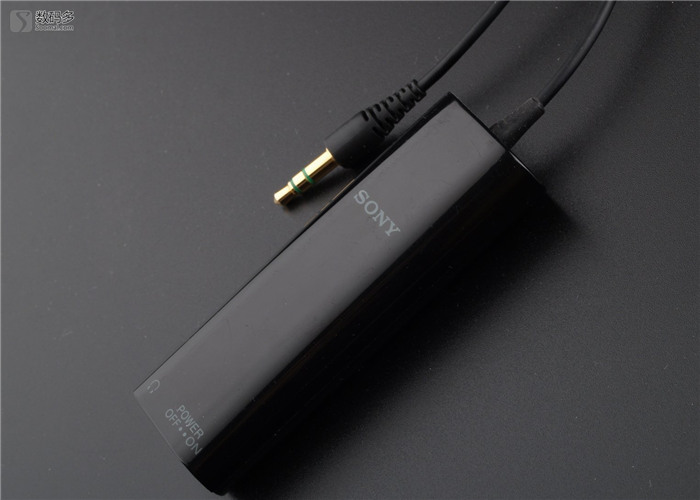
SONY Sony PFR-V1 Headset Personal Speaker System - Machine-configured amp Finally, no matter whether it is a small earbud or a headset, there may be a long, thin tube between the speaker and the human ear, or an ear pad, and Filter paper and sponge that are tuned in front. The PFR-V1 is only about 5cm away from the human ear, without any occlusion. We know that the above-mentioned design on the earphones is increasing the distance between the speaker and the human ear, or blocking part of the high frequency. So, does PFR-V1's unobstructedness make the high frequency very noisy? With the ultra-low impedance of 16 ohms, it is a huge test.
Think carefully, it seems that we can say that the PFR-V1 is a head-mounted spherical speaker, or it can be said that it is an oversized spherical small earplug that has been converted into a head-mounted device?
However, the PFR-V1's complete set of equipment has a small amp in addition to the headphones. Think about the level of Walkman or PC-HiFi in 2008, which is really low. Such an amp should be important for 93dB sensitivity. At the same time, this amp is actually optimized on the frequency response EQ. After all, as mentioned above, its structure may bring some problems. Is this really true? Let's talk about the subjective sense of hearing below.
Since this product has been discontinued and the output should be extremely small, its performance is also special enough. Therefore, the following way of subjective listening is different from the general assessment. You should not be nervous and suspect that there is an idea like Sochi.
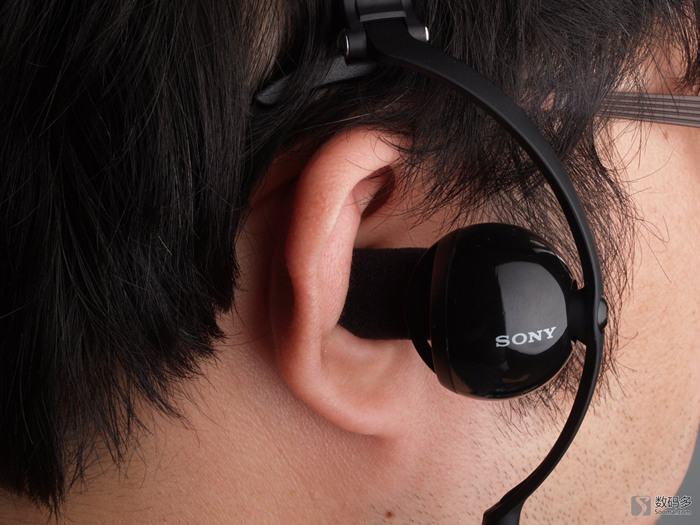
I got this product for the first time. After listening to it, I was very interested in its performance. It is completely different from all the headphones, and certainly not the style of the large diaphragm headphones of AKG KK. It's more like a pair of tiny full-band speakers, placed in front of you, playing music. But it is more delicate than headphones, and if you want to perform well, the sound source is more difficult to serve. Also pay attention when wearing. We also deliberately took the headset down for about 500 hours [it doesn't seem to make much difference...].
We have to go back to the era when this headset was released. It is 2008. I have to say that if we hear this earphone at that time, the evaluation may be lower than now, because the amp and the sound source in the hand are worse than the present. far. If in 2008, you don't use a Marantz 10,000-level CD driver, but what 10,000-level DAC to listen to, I am afraid that PFR-V1 will be miserable. Today, PCHiFi's DAC is already comparable to mid- to high-end CDs, and the level of amps and decoders is greatly improved. In fact, the quality of the PFR-V1 amp is extremely general, in addition to improving the intermediate frequency, slightly suppressing the high frequency, but also greatly reducing the resolution of the PFR-V1. This amp is basically useless for today's use.
So what source do we use? We probably chose Monitor 06 MX, FIIO X5K, Aune B1 amp, Sony D100, etc., and also tried some desktop amps.
Overall, the style and dynamics of the PFR-V1 make it very unsuitable for listening to dance music and most symphonies. The scale of classical music is probably the standard of Vivaldi's "Four Seasons", and the vocal music is best not to have a taste of MSG, because its high frequency is sharp.
The power of high-frequency sharpness lies in its excellent resolution in the high-frequency to mid-high frequency range, its good density, and the unique sound field under the PFR-V1. This is even the state that STAX SR009 can't show. The word status is meant to be expressed. Its overall sense of hearing is completely different from listening to headphones. The sound field, transient expression, image, dynamic, and density taste more like a speaker. If you really can't understand it, you can turn off the sound of the speaker and listen to the ear on the tweeter. This detail and dynamic performance is different from the headphones of any grade.
This also led to the PFR-V1 is very suitable for some light style music, female voices should also be more fresh, younger style [do not heavy taste recording], violin, guitar performance is very aura, space is like a speaker. From the IF band where the male voice is located, the charm of the PFR-V1 has begun to decrease significantly.
At this point, there are two jobs to do. First, make sure that the ear extension rod and the ear fit tightly. The strength of the head frame is tighter, and the mid-low frequency improvement is more obvious. Second, go to the EQ of the tuning source. Of course, there is a lot of loud and heavy sound sources. The performance of the male voice, PFR-V1 still has a good image and resolution, but the sound is very thin, it sounds a lot younger.
The more troublesome is the frequency band below the mid-low frequency, the dynamics of the PFR-V1 will be greatly reduced. If you want better dynamics, the EQ compensation is not enough. If you want to increase the gain, or the volume of the listening. The high frequency of the PFR-V1 should definitely get out of control and become a hairy.
But like a pair of small full-band speakers, the low-frequency sense of the PFR-V1, although the mid-low frequency is not good, but the low-frequency slack, good transient control, and the difference with the headphones. But please note that this can only be felt at a relatively small volume. In fact, is the PFR-V1 a near-field, full-band small speaker suitable for small volume listening?
Overall, we think it is very similar to such a small speaker in a full-band unit, and it is also a small speaker with a closed design. We rarely hear the speaker of this taste, maybe the M2 is a rambler, and the MS88 of the rhyme still adds a reverse design. The full-band loudspeakers have sufficient dynamics, fast and slow transients and excellent resolving power in the mid-range and mid-high frequencies, especially in the mid-high frequencies. This is basically reflected in the PFR-V1, but its size is only half an inch, so the intermediate frequency may be much thinner than the big one.
This also determines that the PFR-V1's sense of hearing is lighter and younger, and the high-frequency resolution is excellent on violins, guitars and other instruments. However, some sources may appear to be too bright at high frequencies. Consider using software or plug-ins to drive high frequencies above 12-15 kHz. Its dynamic performance can not be compared with the traditional headset, on the one hand because of its large dynamics will make its high frequency difficult to control, on the other hand, its low-medium and low-frequency sound is transmitted through the bone, the efficiency is very low.
But we believe that the PFR-V1 is still a very good head-mounted audio device, no matter whether it is a headset or a speaker. Its sound field, image and overall style are unique. This loose listening, very good positioning, and excellent details in the mid-high frequency section are definitely not lost to high-end headphones. However, the resolution of the extremely high frequency part, the level of AKG K701 may be able to win it.
Of course, it is especially picky about the type of music, if you like the small fresh style of vocals [female is obviously better], less jazz, instrumental solo, very small classical music. Then the PFR-V1 is very suitable and performs very well. But with a little more low frequency music, PFR-V1 will be too personality. As with the type of music it suits, we generally don't listen to a lot of music at this level. Try to find a quiet environment and enjoy it at a small to medium volume. The PFR-V1 performance will be more balanced.
Netlink Communication Equipment Co., Ltd. , http://www.gdlancable.com
